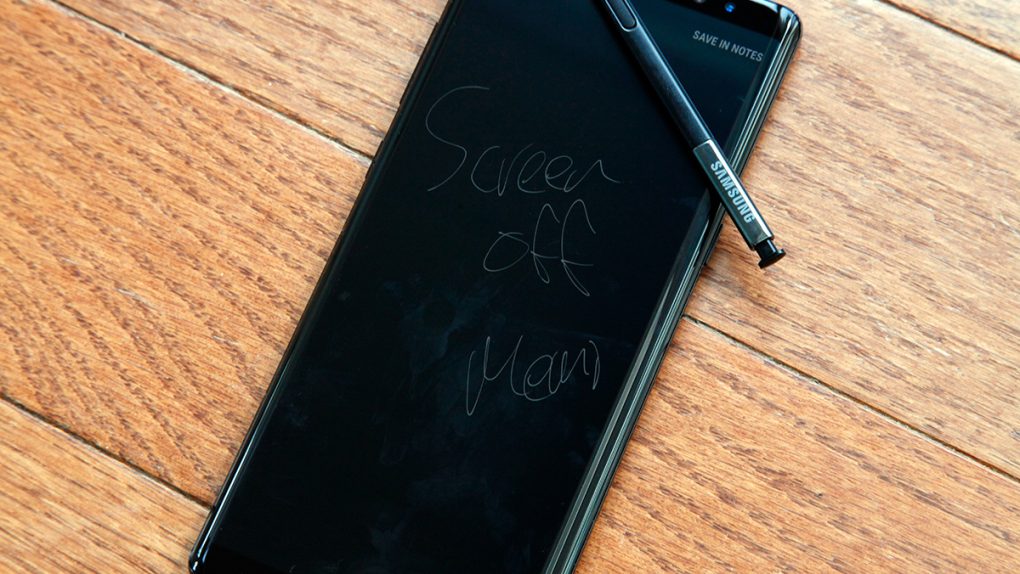In the build-up to the iPhone X unveiling, there were a number of rumors claiming that the device would incorporate a Touch ID sensor built right into the display itself. Of course, when Apple finally unveiled its next-gen iPhone, Touch ID was nowhere to be found. In its place, Apple implemented Face ID, a facial recognition system Apple touted as being both more secure and reliable than Touch ID.
Predictably, some were quick to claim that Apple opted for Face ID because it was unable to solve a number of technical hurdles associated with embedding a Touch ID sensor into the device’s OLED display. For what it’s worth, Apple has refuted this claim. In any event, there have been rumblings over the past few months that Samsung’s forthcoming Galaxy Note 9 would incorporate a fingerprint sensor beneath the display and, in turn, succeed where some believe Apple had failed.
Now comes word from KGI Securities analyst Ming-Chi Kuo (via AppleInsider) that Samsung’s next-gen phablet will, as it turns out, not feature an embedded fingerprint sensor in the display after all.
“According to our understanding of the technologies,” Kuo’s note reads in part, “under-display fingerprint solutions may currently have many technical issues (e.g. screen protectors and different environments affecting recognition rates and power-consumption).”
Notably, Kuo’s report echoes a similar claim made in the Korean-language The Bell just a few weeks ago. Interestingly enough, that report claimed that Samsung is still actively researching ways to make a device with an embedded fingerprint sensor a reality. In the interim, the Galaxy Note 9 will feature a fingerprint sensor on the back of the device.
As a final point of interest, the video below — which showcases a smartphone from Vivo — demonstrates how a device with a fingerprint sensor integrated into the display would operate.








